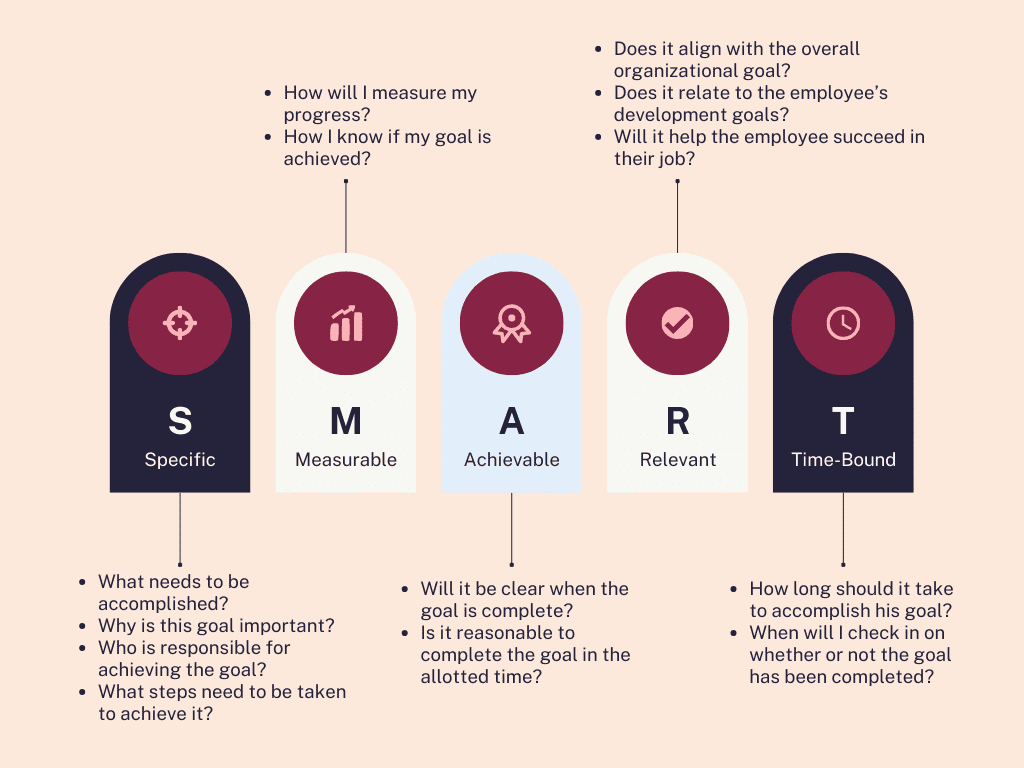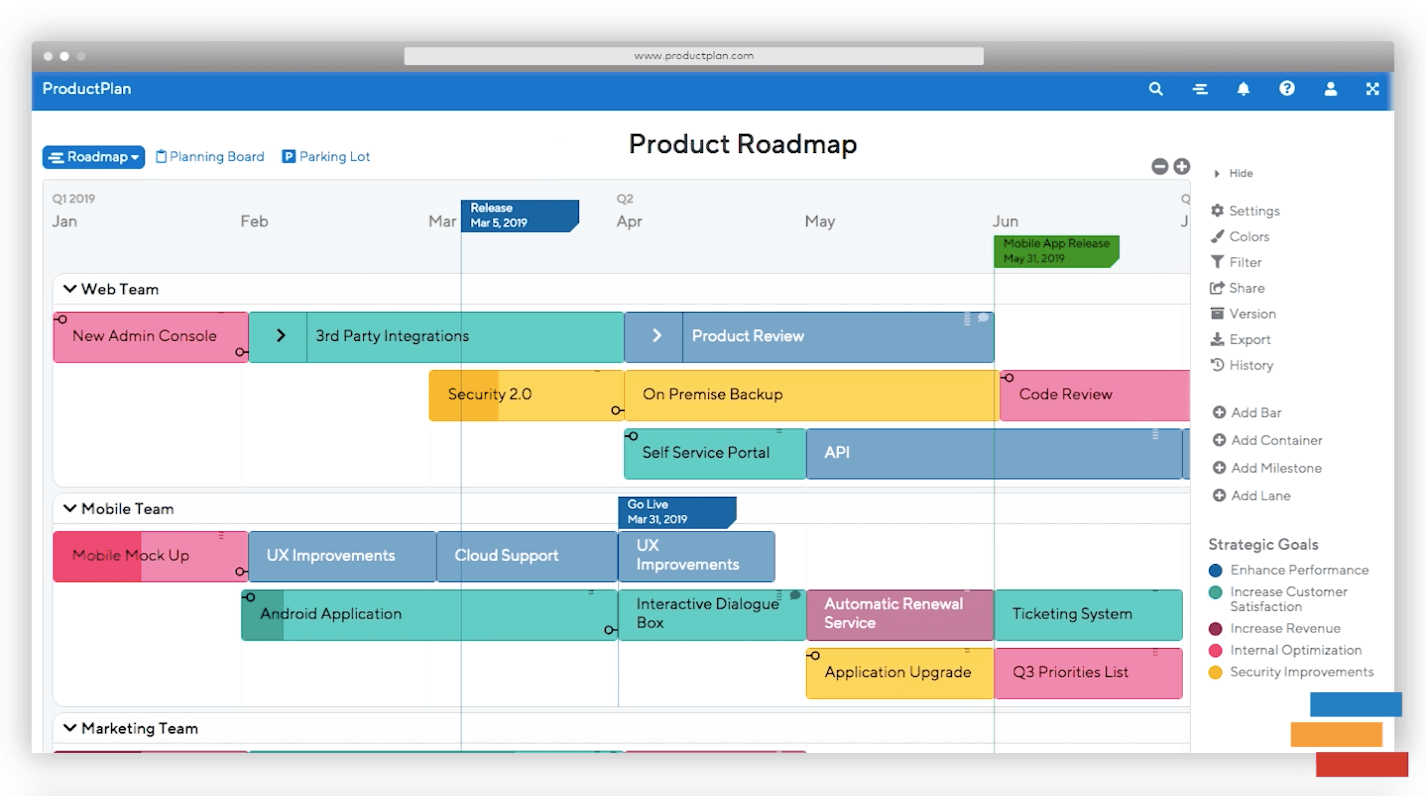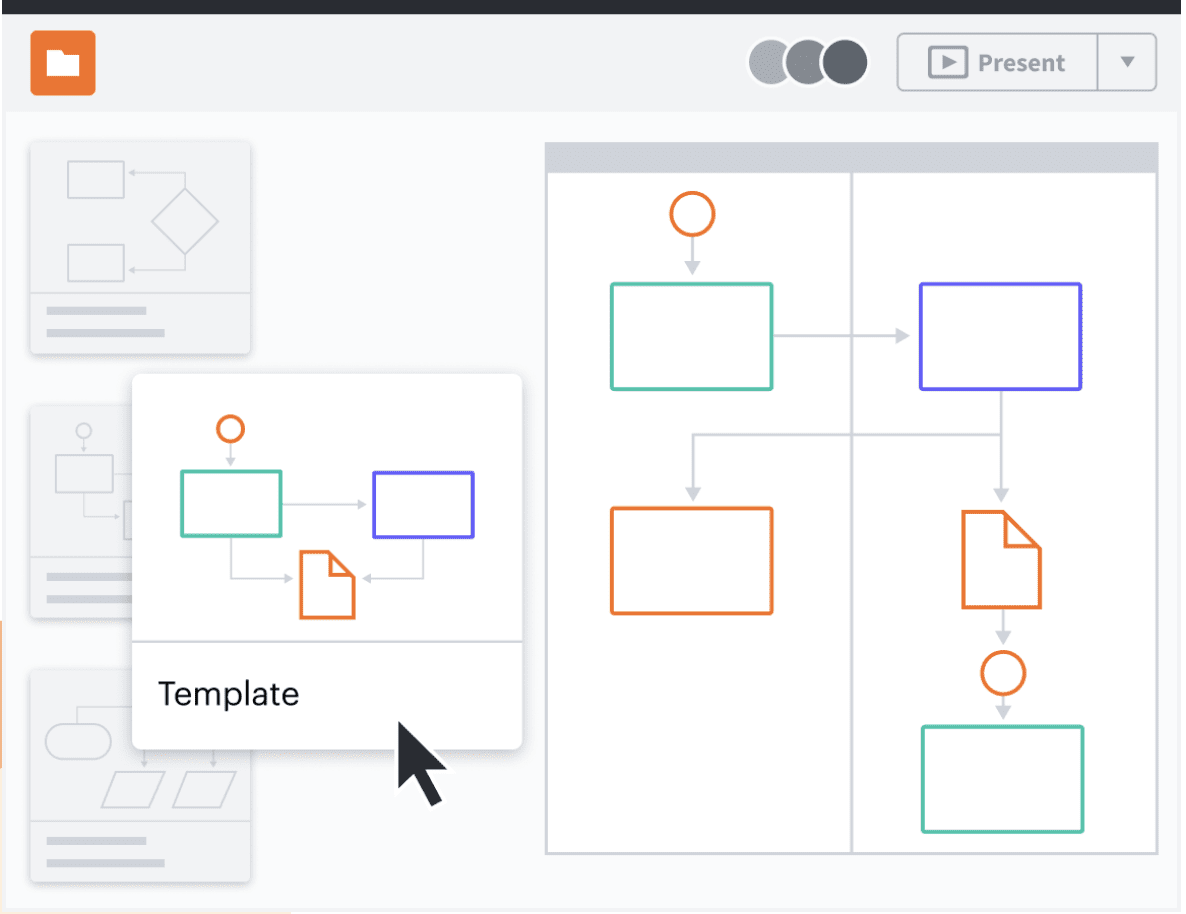The Importance of a Technology Roadmap (+Examples, Tools)


A technology roadmap helps organizations adopt new technology, bring over their existing processes, and speed up their time-to-value with new tools. Without them, there’s a higher chance of your digital transformation efforts failing when employees can’t figure out how to fit new tools and software into their workflows.
So, if you’re planning a digital transformation, your aim should be to define a clear roadmap for switching to a new tech stack, partnering with your entire organization to make it happen, and using their feedback to change your strategy where necessary.
This article will help you understand:
- The difference between pure technology roadmaps and IT systems roadmap
- Why you need a roadmap to manage your technical projects
- How to design a technology roadmap
- What makes up a good digital transformation roadmap
What Is A Technology Roadmap?
A technology roadmap is a high-level overview of how an organization will adopt a new product.
Like a digital transformation roadmap, a technology roadmap is a visual representation of the features you intend to build, the infrastructure on which it’ll be built, platforms to support, and significant changes to a product or project as a company’s needs and goals mature.
IT systems roadmap vs. technology roadmaps
Traditionally, the idea of a technology roadmap was restricted to product management and the features that’ll be built into it a product. But in a digital transformation context, a technology roadmap also concerns your entire organization and your approach to the tools you work with as the company and its needs change.
An IT systems roadmap shows the features an organization currently uses in their software stack, the use cases where it falls short, and the capabilities required from an alternative solution.
A technology roadmap, on the other hand, shows the tools that make up an organization’s infrastructure, and any scheduled upgrades planned to them.
4 Benefits of a Technology Roadmap
A tech roadmap defines where an organization is currently at in its journey towards digital transformation. It helps you understand the features you’re getting out of your existing tools, why you’re switching to an alternative, and how you intend to add new tools to your stack.
1. Connects technology projects with company needs and goals
Digital transformation initiatives are often vanity projects designed to get a bunch of higher-ups a promotion, without first figuring out another SaaS license will help the organization. Little wonder why a shocking 84% of digital transformations fail and the tiny fraction that succeeds exceed budgets and time frames.
A technology roadmap will help you connect digital transformation projects to your company’s long-term goals, cut out waste, and get value for every dollar you spend.
2. Drives change with transparent communication
A digital transformation is always an organization-wide effort: executives define scope, developers and IT operators make infrastructure decisions, and end-users provide feedback on both parties (i.e execs and IT operators) decisions.
You need a technology roadmap to coordinate all that effort and keep stakeholders from being siloed off from the rest of the company, working on a project that serves their needs but makes little sense for everyone else.
3. Keep IT projects on track
Technology roadmaps are designed on a timeframe which digital transformation or adoption projects are supposed to take. Using a technology roadmap, stakeholders can keep a project in check when it overruns smaller targets (let’s say, but days or weeks) vs. after it stagnates over a couple of months.
4. Protects a company against SaaS and technology waste
The average company wastes 29% of its SaaS spend on multiple licenses or subscriptions that go unused. With $8,580 spent per employee per year, a 200-person company wastes $1.7 million in annual SaaS expenses.
All that can be avoided by answering (in detail) for what, why, and how every new SaaS subscription is needed for using a technology roadmap.
How to Create a Technology Roadmap
A technology roadmap doesn’t need to be complicated or take several months on end. But you need to know exactly why you’re adopting a new product, which features you will be using, and how to get a critical mass of your company’s end-users to make the switch.
1. Identify your goals
No, not abstract goals like logging hours of usage inside a new application, but concrete targets that advances your business. Tie your product adoption to revenue growth, faster customer service, higher customer retention, and other product adoption metrics.
2. Understand your roadmap audience
Who are the stakeholders that will be working with your roadmap? If you’re building for executives, make it high-level enough for them to make quick decisions with. Technical operators need detailed roadmaps that account for even tiny technical details. End-users need roadmap versions with targeted information that will help them adopt products with little friction.
3. Give stakeholders enough access
Maintain separate versions specifically for the different classes of stakeholders involved in your product adoption or digital transformation efforts. In other words, make it easy to interpret your roadmap depending on a stakeholder’s use case.
8 Components of a Digital Transformation Technology Roadmap
What makes up a good roadmap? Here are eight components of a working technology roadmap that’ll help you manage your product adoption or digital transformation project.
1. Goals
Specify your targets and break them up into a timeline. Your technology roadmap should connect directly to your company’s short- and long-term goals.

2. New system capabilities
What functionality do you intend to get from your new software product to help you achieve the goals you staged above? What features should your new piece of software possess? What metrics do you intend to measure it with?
3. Release plans
These are documents that track the features you intend to focus on during each stage of your product adoption programs.
4. Milestones
The release plans mentioned above will help you introduce the milestones to your team that should be achieved over a specific period of time.
5. Resources
This refers to the technical resources, tools, and personnel you will need to drive your digital transformation and adoption forward. This may include on-demand support platform, guides, webinars, and regular 1:1 sessions.
6. Training
Make allowance for a product training period where the human resources listed in No. 4 (Resources) above will coach end-users to get them up to speed faster.
7. Risk factors
What potential challenges may arise over the course of your adoption project? Specify them and take steps to mitigate them.
8. Status reports
Status reports answer the question, “how are we doing?” It helps you track how effective your digital transformation and adoption efforts have been—which you can build on to make any necessary changes and scale new tools even faster. Decide which digital transformation KPIs and metrics matter most to you and generate reports to highlight any trends.

Above: Enable your employees with contextual user support and accelerate IT adoption with Whatfix's digital adoption platform.
The Whatfix Digital Adoption Platform empowers IT teams to create in-app guidance and self-service user support on all internal desktop, web, and mobile applications. Enable employees with Self Help, which overlays onto your CRM, HCM, ERP, CPQ, and other digital workplace applications. Self Help connects to your process and IT documentation, LMS, video tutorials, onboarding documents, and other IT support-related content to provide employees self-help, at the moment of need. Create additional in-app guidance and pop-ups to contextually guide users through applications and alert them to process changes.
Best Tools to Create Technology Roadmaps
The right tool will help you create flexible roadmaps that can bring all your stakeholders on the same page, help you track your progress, and identify any obstacles to your digital transformation efforts.

1. Productplan
Productplan creates simple roadmaps for product managers, engineering teams, and developers—which is its biggest strength and biggest weakness. Productplan is designed almost exclusively for engineering and development use cases and can be a very poor option when you want to embark on a product adoption project or a digital transformation.


2. Lucidchart
Like Productplan, Lucidchart helps you represent strategy visually, break your product adoption into epics, and assign tasks to individual team members.
Lucidchart doesn’t provide nudges that teach your end-users to adopt new tools and it’s a road mapping tool that is not terribly suited to product adoption or digital transformation.

Whatfix helps enterprises adopt new software with guided onboarding that provides support on-demand.
Whether you’re adopting ServiceNow, Netsuite, or HubSpot, the digital adoption platform works in the background and shows your end-users videos, guided tasks, and articles to help them embrace new software faster.
Learn how Whatfix can help your team master new software quickly, shorten your TTV, and turn your ROI positive quickly.
Thank you for subscribing!


